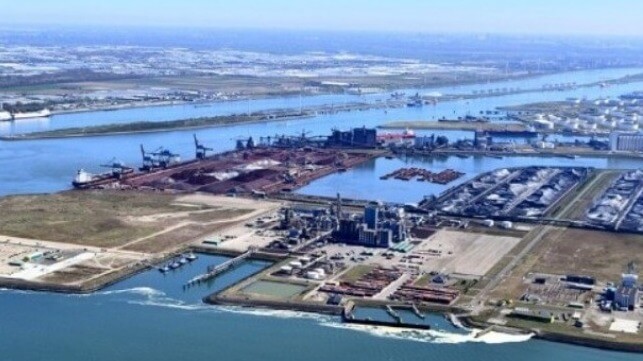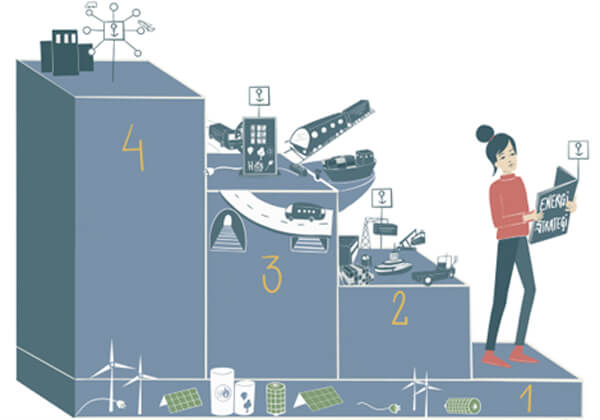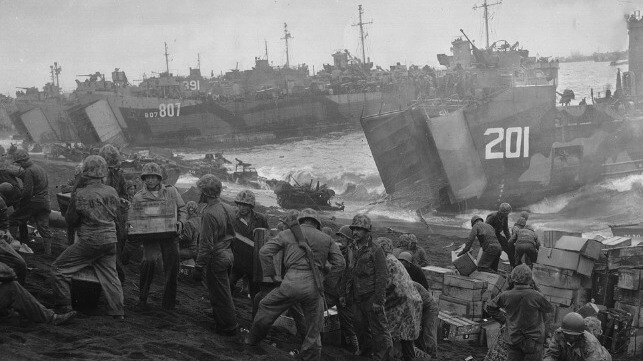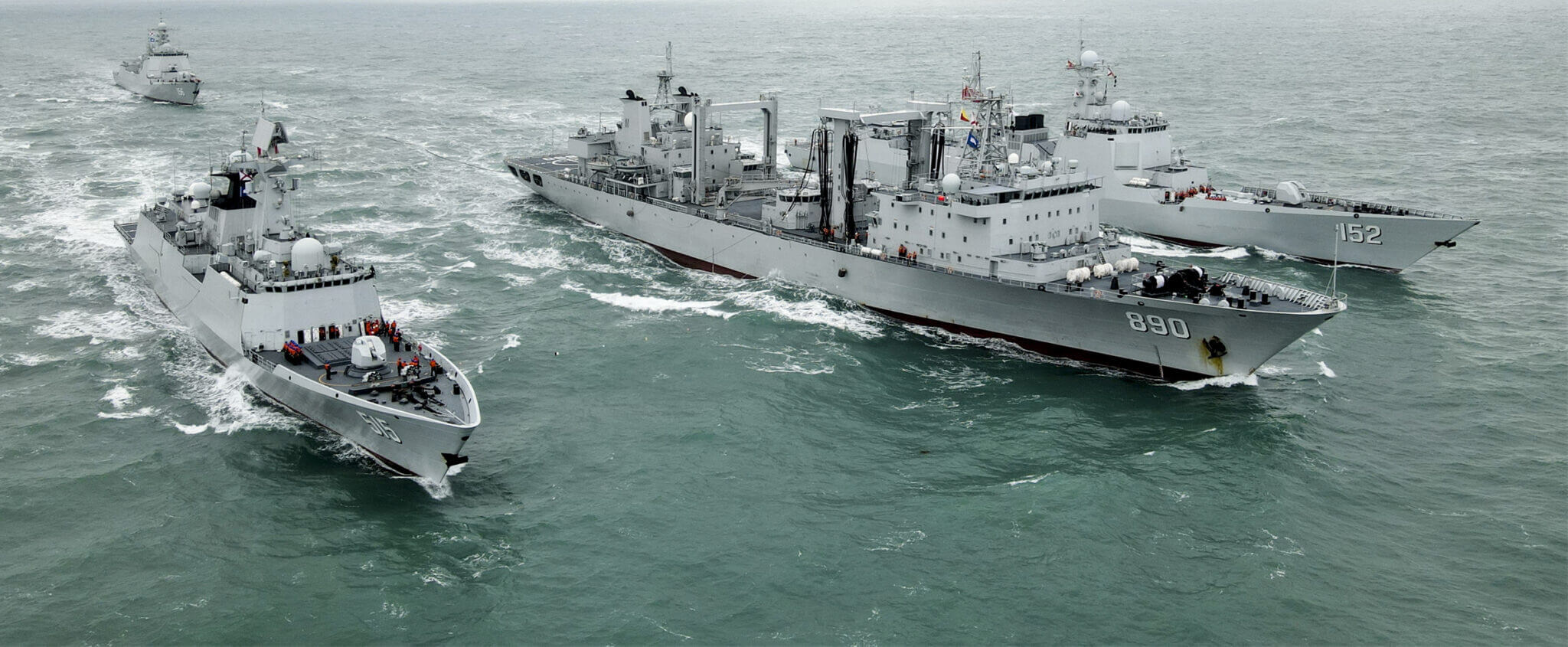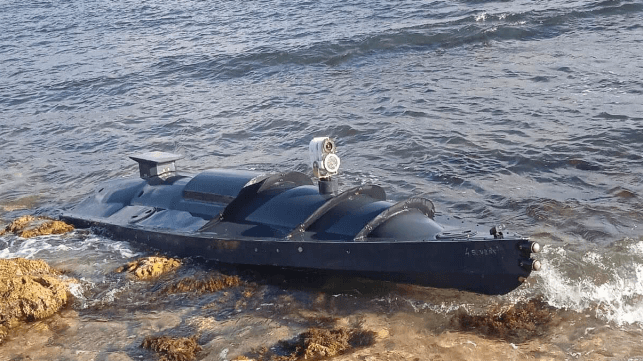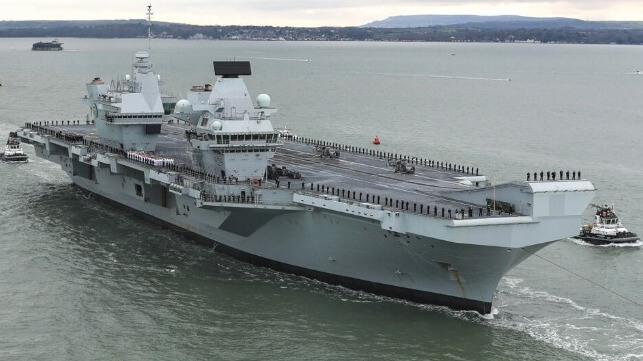Carbon Capture Technology And Its Growing Role in Decarbonisation
- CCS technology is gaining popularity among companies worldwide to decarbonize their operations and avoid carbon taxes.
- The International Energy Agency sees CCS as key to the decarbonization of fossil fuel operations and industrial processes, particularly useful as a bridge to greater renewable energy production.
- Improved political policies and regulatory frameworks are required to ensure effective rollout of the technology to support a green transition.
With a greater number of climate policies coming into place worldwide, from the Biden Administration’s IRA to the European Union’s New Green Deal, companies are feeling mounting pressure to decarbonise. And while some are doing it to enhance their ESG practices and futureproof their business, others are concerned about rising carbon taxes, which could slash their profits. So, as well as introducing green energy technology, many are turning to carbon capture and storage (CCS) technologies to support their decarbonisation efforts. Big Oil is pumping billions into CCS equipment at operations around the globe to keep production ‘low-carbon oil’, while other industries, such as manufacturing, are looking to the technology to help clean up operations. The International Energy Agency (IEA) sees CCS technology as key to the decarbonisation of fossil fuel operations and industrial processes, particularly useful as a bridge to greater renewable energy production. By 2021, the total annual carbon capture capacity stood at close to 45?Mt?of CO2, a figure that is expected to increase substantially with approximately 300 projects under construction. CCS equipment could capture more than 220 Mt CO2 a year by 2030. This will help companies achieve net-zero ambitions when paired with renewable energy technologies.
By 2022, 35 commercial facilities were using CCS for industrial processes, fuel transformation, and power generation. Deployment of the technology has been slow to date but investment in the sector is rising sharply, as companies look for ways to reduce their carbon output, improve their ESG practices, and avoid carbon taxes, to support a green transition. However, improved political policies and regulatory frameworks are required to ensure the effective rollout of the technology, in line with climate policies.
Related: Latin America’s Bid To Challenge China’s Dominance In The Lithium Market
According to research by Wood Mackenzie, 2023 will be a milestone year for CCS. The global CCS pipeline rose by more than 50 percent in 2022, with projects planned across several industrial sectors. In recent years, government funding of up to 50 percent has helped CCS projects get off the ground, a trend that is expected to continue. The U.S. government has so far committed $3.7 billion to finance CCS projects and meet its net-zero goal by 2050. The introduction of new climate policies worldwide will also support the uptake of the technology.
In terms of how the CO2 is used, much of the sequestered carbon is currently going to enhanced oil recovery operations at present, responding to the ongoing need for fossil fuels to ensure energy security worldwide. However, as green energy capacity increases worldwide, much of the CO2 will go to designated storage sites, with 66 percent expected to be pumped deep underground by 2030. New legislation and supporting incentives for CO2 utilisation will encourage this change.
David Lluis Madrid, the CCUS analyst at BloombergNEF (BNEF), explained, “CCS is starting to overcome its bad reputation.” Madrid added, “It is now being deployed as a decarbonization tool, which means the CO2 needs to be stored. A lack of CO2 transport and storage sites near industrial or power generation point sources could be a major bottleneck to CCS development. But we are already seeing a big increase in these projects to serve that need.”
One of many projects underway globally is an innovative CCS offshore site, the Greensand project, in the Danish part of the North Sea, where construction began this month. CO2 captured in Belgium will be transported via ship for injection in a depleted oil field, located 120 miles from the North Sea coast. The project is being undertaken by a consortium of companies including Germany’s Wintershall Dea and Britain’s INEOS. It is considered to be the world’s first cross-border offshore carbon dioxide storage with the explicit purpose of tackling climate change.
Meanwhile, in Norway, a joint venture between Equinor, TotalEnergies, and Shell is also underway. The Northern Lights project will see 1.5 million tonnes of CO2 injected into saline aquifer near the Troll gas field annually, starting in 2024. In the U.K., the Accorn CCS project is being launched off the coast of Scotland, aimed at creating an annual capacity of 5-10 mtpa of CO2 by 2030. The project is being operated by Storegga, Shell, Harbour Energy and North Sea Midstream Partners. And in the Netherlands, the Porthos project by the Port of Rotterdam, Gasunie, and EBN is expected to provide a storage capacity of 2.5 mtpa of CO2. Porthos will be located in depleted Dutch gas fields in the North Sea, with operations expected to start in 2026.
Many companies worldwide are now looking to CCS technologies to help them achieve decarbonisation aims without giving up on their traditional operations. The rollout of CCS around the globe will be supported by new climate policies, decarbonisation incentives, and better regulation of the industry. In addition, greater public funding for CCS projects is expected to spur private investment in the sector and boost the world’s CO2storage capacity significantly in the coming decades.
By Felicity Bradstock for Oilprice.com
